7 Psychological Techniques in Advertising You Must Know
Want to save time?
Summarize this article in seconds with AI
Let’s face it—advertising in a city like Hong Kong is cutthroat. With so many brands vying for attention on OOH, MTR ads, social media, and more, how can you stand out among them all?
The secret lies in understanding advertising psychology—how consumer's brains tick when they see an ad. Don’t worry; you don’t need a PhD for this. By using a few clever psychological techniques in your marketing, you can grab attention, win trust, and likely convert more.
Let’s break it down, with examples that work around the world and right here in Hong Kong.
1. Emotional Appeal: Make Them Feel Something
People remember how you made them feel, not just what you said. Ads that hit an emotional chord—whether it’s joy, nostalgia, or even fear of missing out—stick like bubble tea pearls in a straw.
One viral online video ad by a Thai Life Insurance came to mind:
"Unsung Hero" by Thai Life Insurance follows a man performing small acts of kindness—helping a vendor, feeding a stray dog, and supporting a struggling mother. Though unnoticed and unrewarded, his actions bring joy to others and fulfilment to himself, echoing the tagline: "Believe in Goodness."
The ad tugs at the heart, evoking warmth and empathy while linking those positive emotions to the brand, creating goodwill and lasting loyalty.
However, not every ad format affords you the ability to achieve such storytelling. It doesn't mean it cannot be as powerful. Take this outdoor ad we saw on LinkedIn for example:
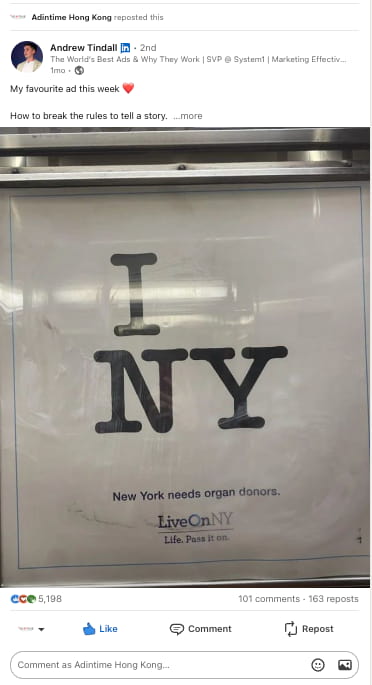
Using the "I ❤️ NY" logo that everyone knows grabs the attention of the viewers, sure. But it's the absence of the famous red heart, therefore symbolizing the need for organ donors, that intrigues an audience. This ad was simple. Black text on a white background. Yet, the message "New York needs organ donors" was both memorable and impactful, driving curiosity and action.
Perhaps we can look at an example of advertising psychology displayed here in Hong Kong:
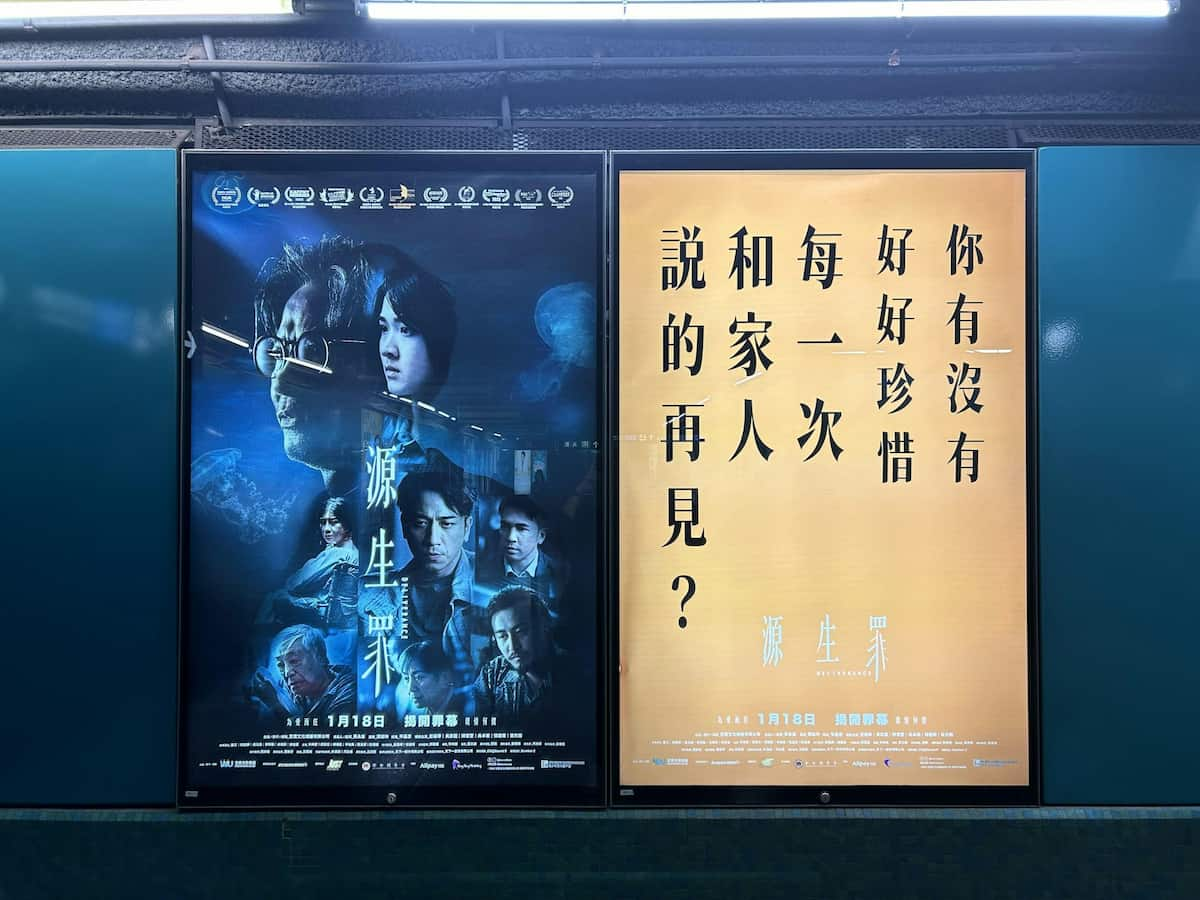
At first glance, it’s just another movie poster in the MTR lightbox—nothing unusual, right? But next to this particular poster, bold letters pose a thought-provoking question: "Have you truly cherished every opportunity to say goodbye to your loved ones?" This question strikes an emotional chord, drawing viewers into the movie’s theme even before they know its plot. It lingers in the mind, evoking emotions that resonate far more deeply than any ordinary movie poster ever could.
2. Social Proof: Everyone’s Doing It, And You?
Humans are wired to follow the crowd—especially in a connected place like Hong Kong. Whether it’s Instagram influencers or customer reviews, people trust what others say more than your shiny marketing copy alone.
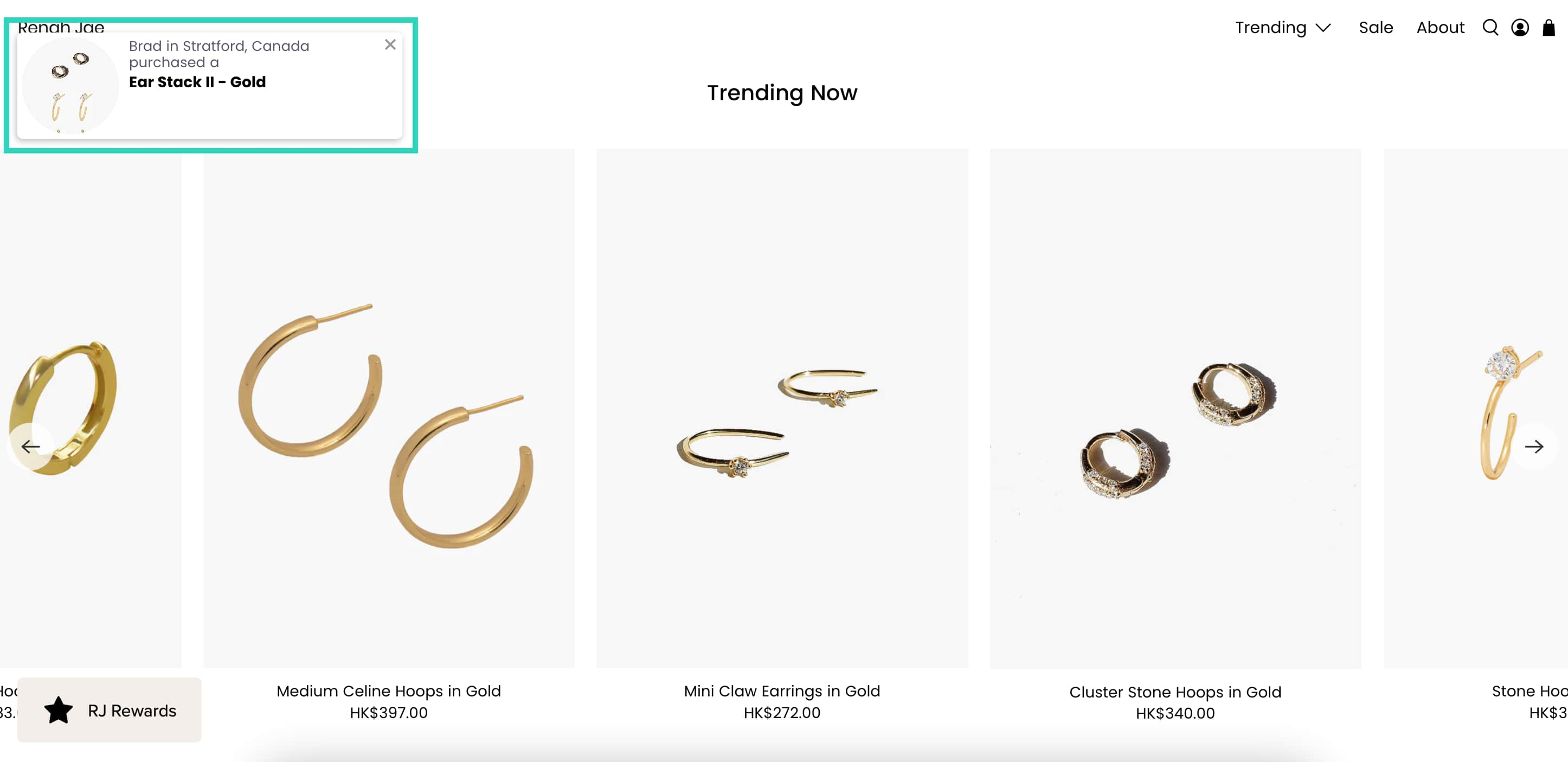
The jewellery brand Renah Jae cleverly uses social proof on their e-commerce site. While browsing, shoppers see real-time pop-up notifications showing what other customers have just purchased. This simple feature adds a sense of urgency and inspiration, subtly encouraging visitors to take the leap and click that "buy" button.
A local example of excellent and effective use of social proof is seen on Instagram:
Vission Bakery in Central thrives by blending influencer partnerships with organic user-generated content like review videos and vlogs. These authentic posts showcase its treats and cozy vibe, building trust and buzz that keeps foodies flocking without hefty ad spends.
3. Scarcity and Urgency: The FOMO Is Real
Limited-time deals work because nobody wants to miss out. Add a countdown timer, flash sale, or a “last 5 spots” notice, and watch people rush to grab the offer.
When Taobao launches Singles’ Day, you know things get crazy. The discounts, the ticking clocks—it’s FOMO on steroids.
This year, the countdown didn't stop on the website. It extended into Hong Kongers' physical space. Numerous MTR stations were decked out in eye-catching promotional material.
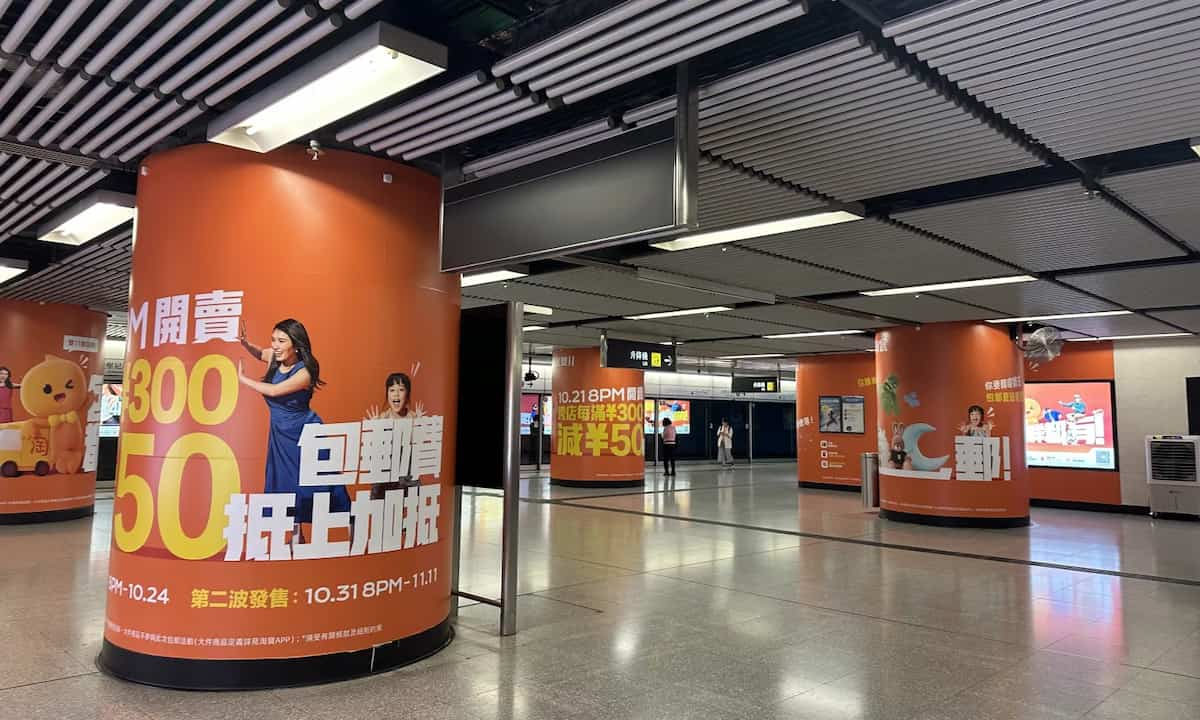
Source: Shroffed
This omnipresent advertising created urgency that was impossible to ignore. By surrounding Hong Kongers during their daily commutes, the campaign tapped directly into the marketing psychology of FOMO (Fear of Missing Out).
Seeing the countdown everywhere—on walls, lightboxes, and even station floors—reminded commuters that time was running out to grab the best deals. The sheer scale and repetition made it feel like everyone else was already in on the action, nudging potential shoppers to act quickly before they missed out on this once-a-year opportunity.
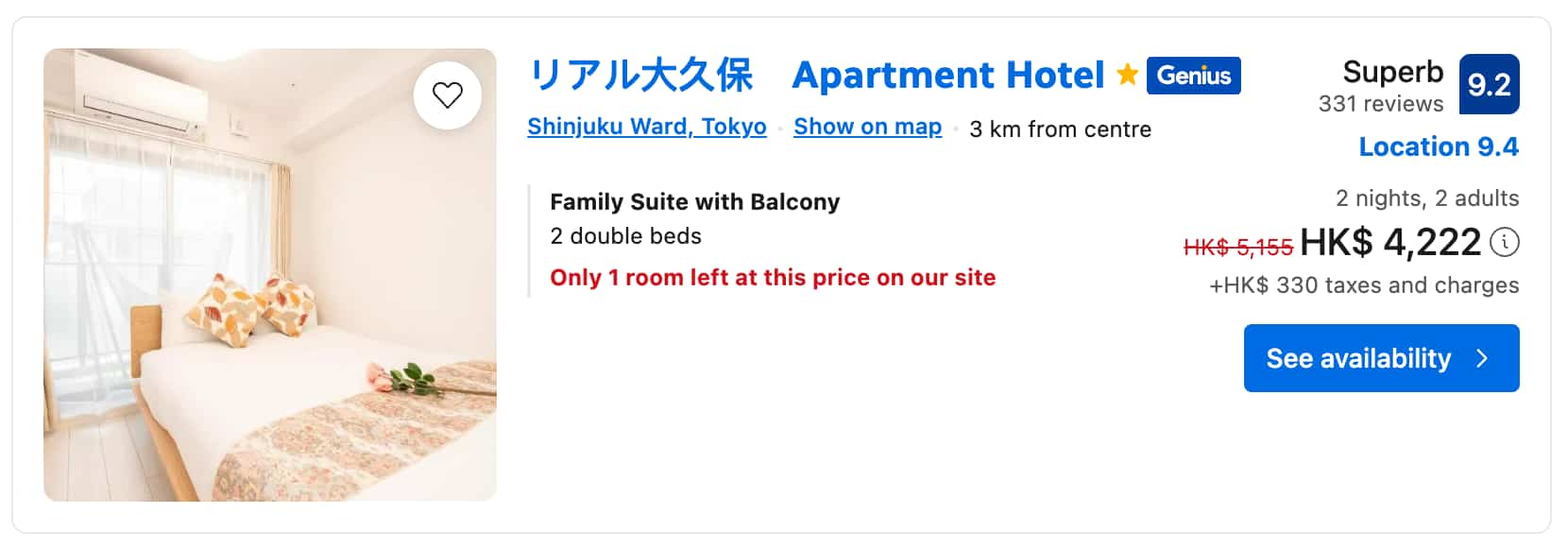
Another classic example of FOMO marketing is Booking.com's real-time notifications. When you’re browsing for hotels, you’ll see pop-ups like:
- “Only 2 rooms left at this price!”
- “15 people are viewing this property right now!”
These messages create scarcity and a limited-time effect, making users feel they need to act fast or risk missing out.
4. Reciprocity: Give a Little, Get a Lot
Here’s a psychological hack: when you give people something for free, they feel inclined to give back. It’s why freebies and samples work so well.
Ever received a bunch of free samples when shopping at beauty or department stores? Take Sephora for example.
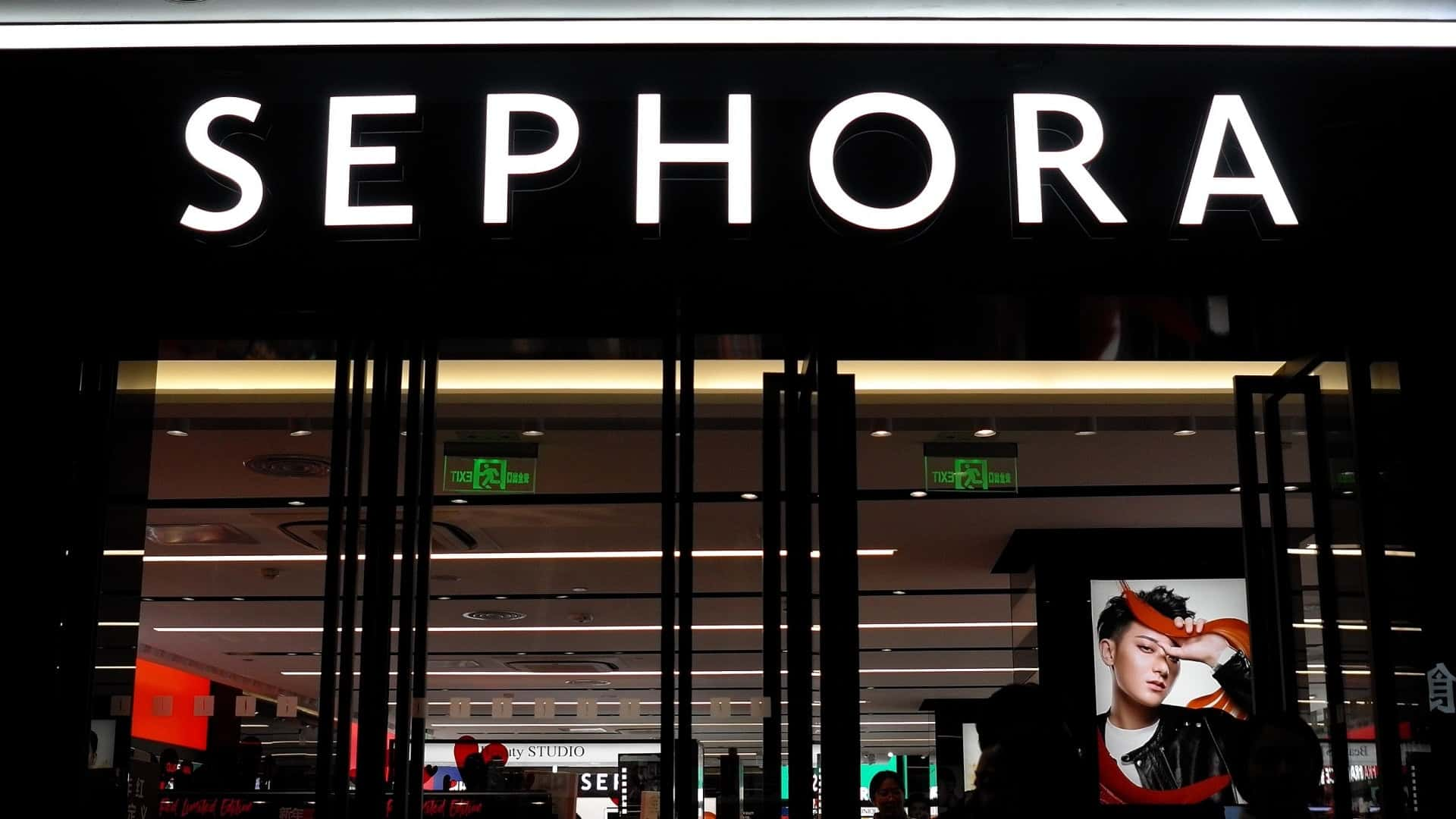
They have mastered the free sample strategy/marketing psychology. Whether it’s a mini perfume, skincare sachet, or a trial-size lipstick, these little gifts make customers feel valued. But more importantly, they entice shoppers to make a purchase.
Here’s how it works: once you’ve tried a sample and loved the product, it’s hard to walk away without buying the full size. Plus, the freebies create a positive brand experience, leaving customers with the impression that Sephora is generous and customer-focused.
This simple yet effective strategy doesn’t just boost immediate sales—it also builds long-term loyalty by making shoppers feel special and excited to return for more.
A simple way to start employing this strategy is to align your gift-gifting with holidays and other special days. Our 2025 marketing calendar (click to view more) can help you get started by noting the important dates you don't want to miss, as well as a few quirky ones!
5. Cognitive Fluency: Keep It Simple, "No Brainer"
Here’s the truth: people are bombarded with ads all day in all sorts of formats. Sometimes, the ones that work are clear, simple, and easy to process.
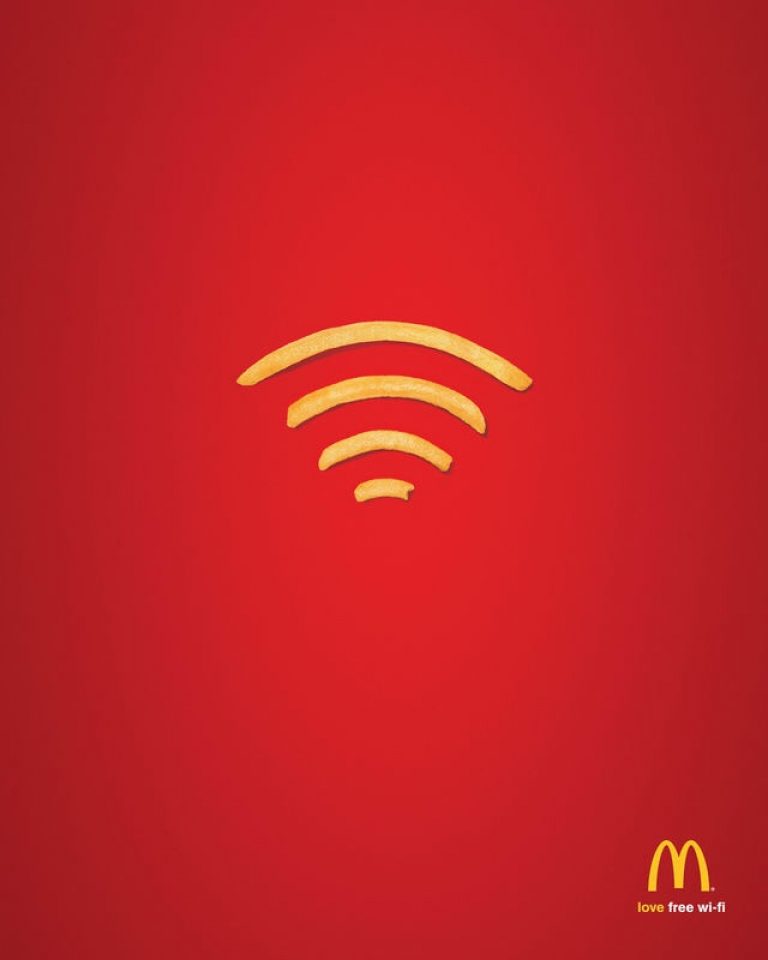
This McDonald’s ad cheekily uses simplicity by turning its iconic fries into a Wi-Fi symbol, instantly connecting the brand to free Wi-Fi. The minimalist design and the brand's signature bright red grab attention and are easy to process, aligning with cognitive fluency and the Von Restorff effect (which states that people are more likely to remember something that stands out distinctly from its surroundings). By linking comfort food with connectivity, the ad creates a positive emotional association while ensuring the message is universally understood and memorable.
6. Colours That Speak to the Heart (and Wallet)
Colours aren’t just random choices thrown in because they look nice. They’re carefully picked to send psychological signals that influence how we feel and act. Red screams urgency and excitement, while blue reassures trust and reliability. In Hong Kong, red and gold are the ultimate combo, symbolizing prosperity, good fortune, and celebration.
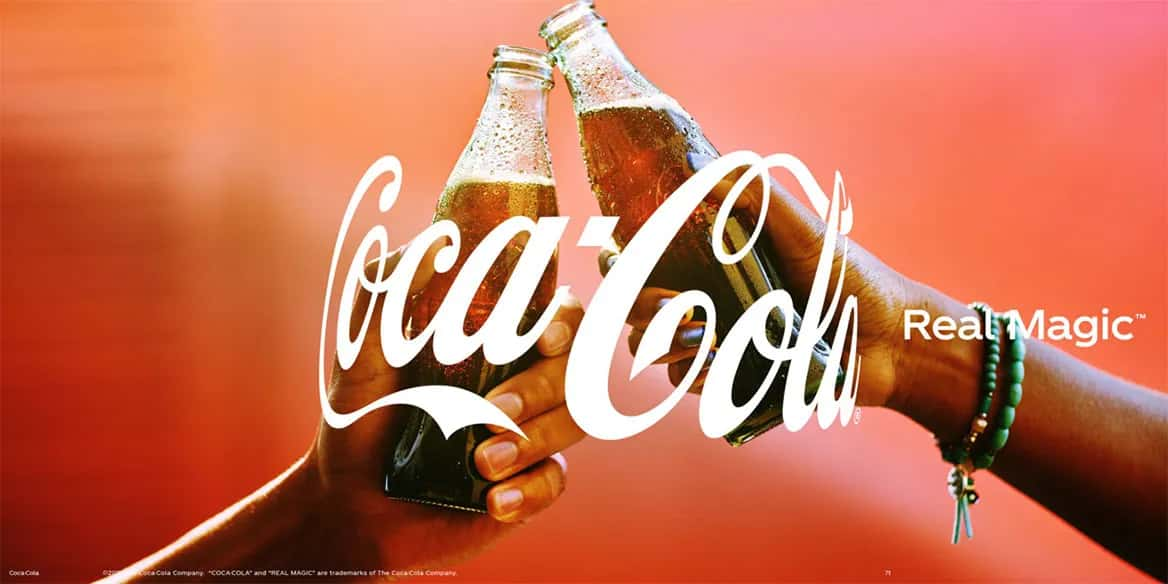
Source: Coca-Cola
Take Coca-Cola, for example. That iconic red branding is designed to evoke energy and excitement, making it the perfect match for a drink that’s all about quenching your thirst in the moment. Then there’s McDonald’s (again), with its clever use of red and yellow. Red sparks your appetite and adds a little urgency to your craving, while yellow feels warm, friendly, and happy—exactly the kind of vibe you want when grabbing fries with friends.
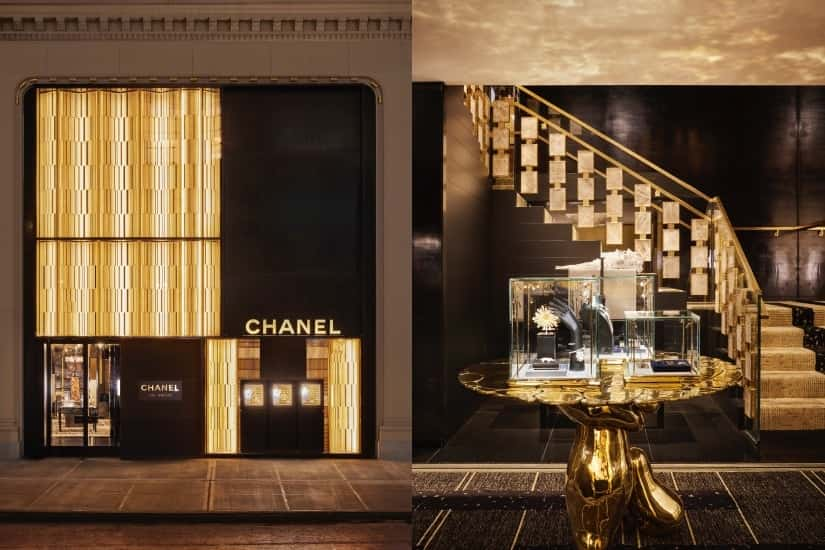
Source: ZTYLEZ
On the flip side, brands like Facebook and PayPal stick with blue for good reason. Blue feels safe, steady, and dependable, which is exactly what you want in a social media platform or a payment service. And let’s not forget luxury powerhouses like Chanel or Gucci. Their use of black and gold is all about elegance, exclusivity, and that high-end feel that says, “This is for those who want the best.”
7. In 2025, Honesty Is Still the Best Policy
While psychological tricks in advertising are great, don’t overdo it. Hong Kong consumers are sharp, and misleading ads can hurt your brand big time.
When brands get too clever or careless with their messaging, the fallout can be brutal. Remember Volkswagen’s emissions scandal? They sold “clean diesel” cars as environmentally friendly while secretly rigging tests. When the truth came out, they faced massive fines and shattered trust worldwide. Then there’s Red Bull’s iconic “Gives You Wings” slogan, which landed them in court for making exaggerated claims. The result? A US$13 million settlement and a bit of a dent in their credibility.
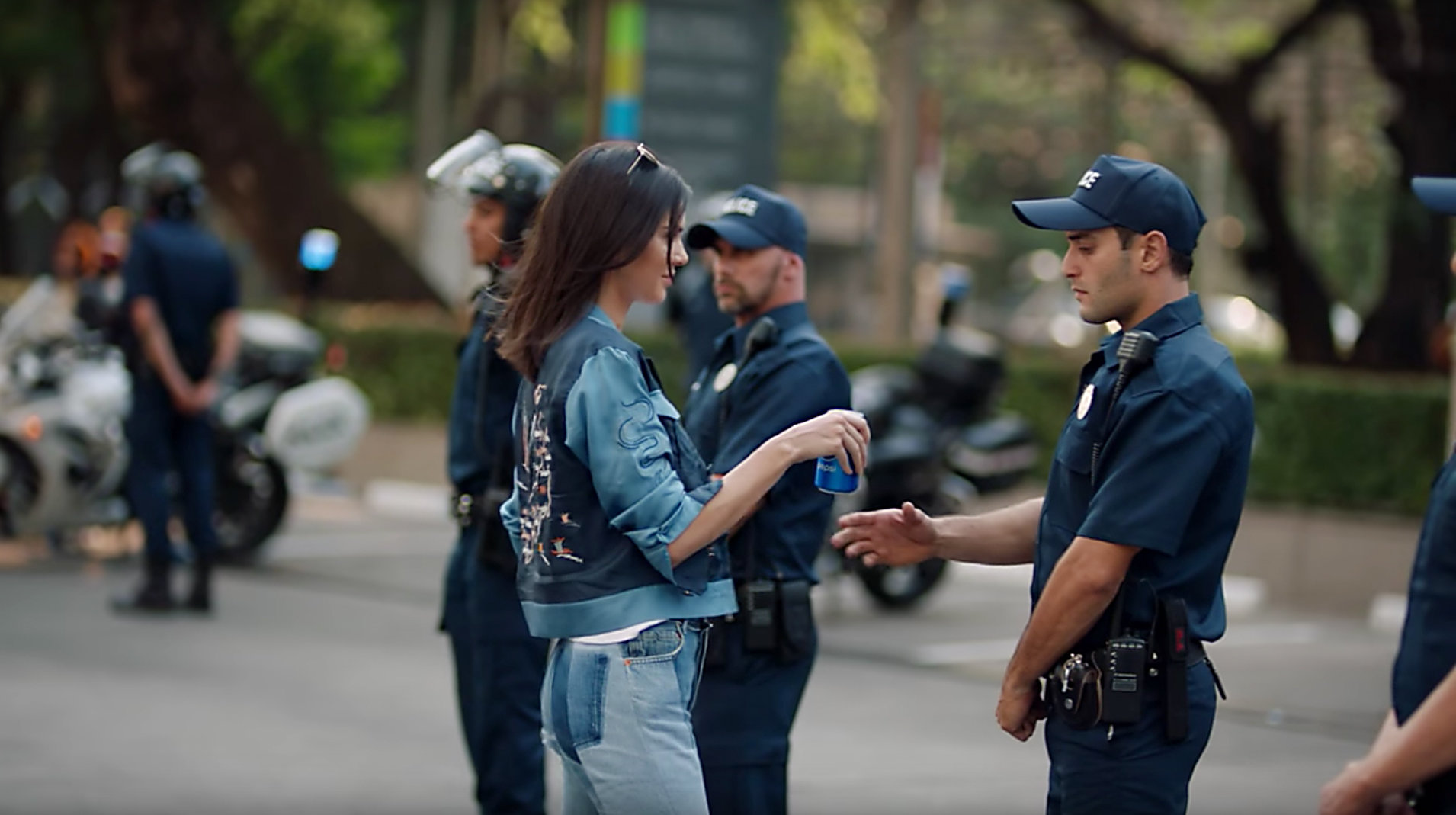
Cultural missteps can be just as damaging. H&M’s “Coolest Monkey in the Jungle” hoodie ad caused outrage for its racial insensitivity, while Pepsi’s Kendall Jenner protest ad was slammed for trivializing social justice movements.
These examples are a sharp reminder: flashy campaigns mean nothing if they alienate your audience. Keep it real, keep it respectful, and you’ll avoid PR disasters that could haunt your brand for years.
Sources
- https://www.eskimi.com/blog/advertising-psychology
- https://www.thechicagoschool.edu/insight/psychology/understanding-the-psychology-of-advertising/
- https://blog.hubspot.com/marketing/psychology-marketers-revealing-principles-human-behavior
- https://milliondollarsense.com/global-brands-ad-campaigns-that-backfired
- https://www.businessinsider.in/advertising/18-false-advertising-scandals-that-cost-some-brands-millions/slidelist/51630710.cms
- https://listverse.com/2024/10/28/10-controversial-advertising-campaigns-that-backfired/
 Cookie preferences
Cookie preferences

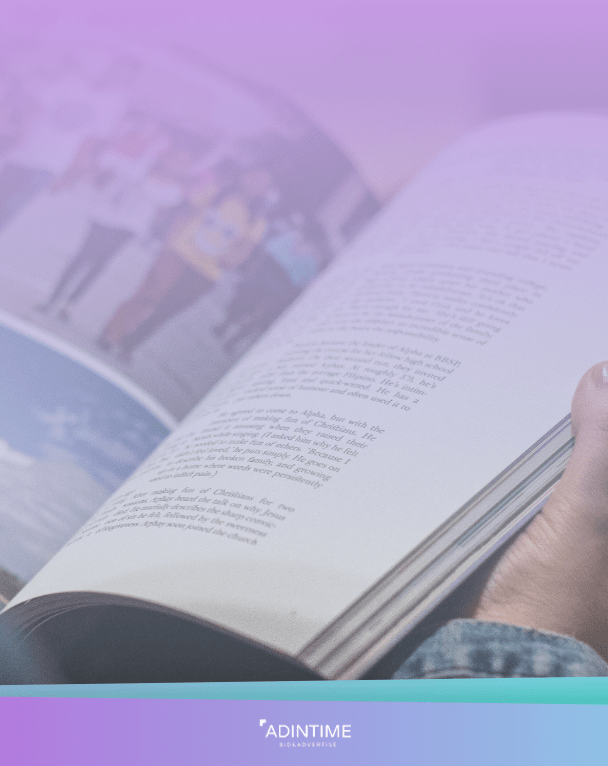






 Xiaohongshu Advertising Guide: How Can Hong Kong Brands Maximize Their Results?
Xiaohongshu Advertising Guide: How Can Hong Kong Brands Maximize Their Results?
 2x your advertising effectiveness: Master big data to optimize ad ROI
2x your advertising effectiveness: Master big data to optimize ad ROI
 Top 5 Best Ads in 2025 in Hong Kong
Top 5 Best Ads in 2025 in Hong Kong
 Hong Kong Outdoor Advertising Cost in 2026 | Adintime Report
Hong Kong Outdoor Advertising Cost in 2026 | Adintime Report
 Marketing Calendar 2026: Key Dates For Marketing Success
Marketing Calendar 2026: Key Dates For Marketing Success
 The Most Widely-Read Magazine and Newspaper in Hong Kong
The Most Widely-Read Magazine and Newspaper in Hong Kong
 Understanding YouTube Advertising Costs in 2025
Understanding YouTube Advertising Costs in 2025
 OOH /DOOH advertising in Hong Kong: Formats and Rates (2025 Update)
OOH /DOOH advertising in Hong Kong: Formats and Rates (2025 Update)
 How much does LinkedIn Advertising Cost? (2025 Update)
How much does LinkedIn Advertising Cost? (2025 Update)
 Press Ad Basics: Types, Formats and Ad Price
Press Ad Basics: Types, Formats and Ad Price